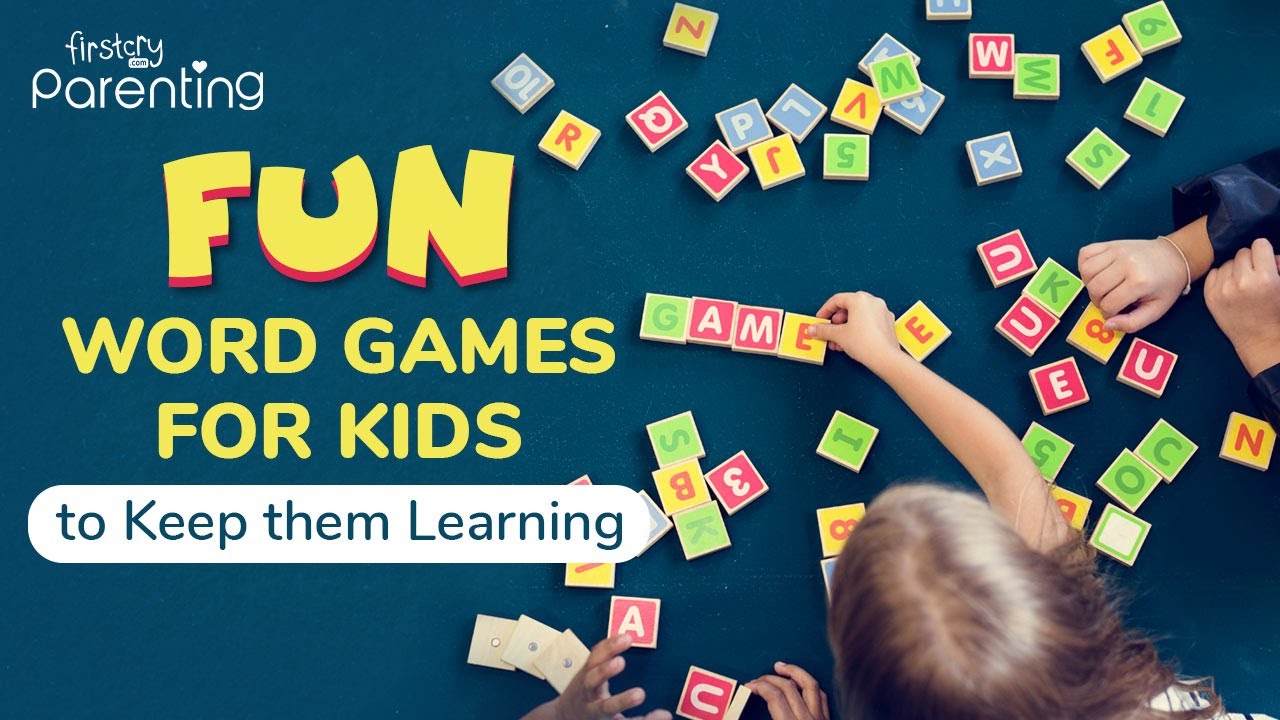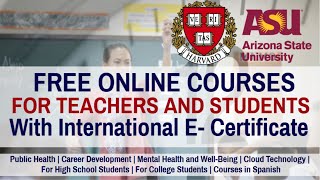
There are many types of scholarships for those who wish to go to college but do not have the financial means to pay full tuition. These scholarships include need-based and merit-based scholarships. Athletic scholarships are also available. Here are some common scholarships that you can find. This will make the application process a lot easier for you.
Common types of scholarships
There are many types available. Some scholarships are based only on academic achievement. Others may be based purely on financial need. Still others can be based on extracurricular activities. This article will cover the most popular types of scholarships as well how you can apply. Academic scholarships, which are the most widely used type of scholarship, are awarded to students who have shown academic excellence. Some scholarships are awarded automatically to students who meet a certain set of criteria. These types of scholarships are often awarded to students with high GPAs, honors, and other achievements. Others may be given to specific students of a particular race, gender, age, or ethnicity.
Athletes can apply for athletic scholarships, too. Many colleges offer athletic scholarships to students who are involved in specific sports. Athletic scholarships may require athletes to maintain a high academic record and a minimum GPA. Athletic scholarships are also available to students who participate in extracurricular activities, such as cheerleading.

Scholarships that are merit-based or need-based
There are merit-based and need-based scholarships available to college students. The former type of aid is usually in the form of a federal grant or state scholarship that does not require repayment. Private organizations can offer need-based scholarships. They may require essays or interviews. These types of aid may be offered to students. However, many people who are otherwise qualified don't wish to spend hours filling in applications for such small amounts.
Need-based scholarships require applicants to have a high enough GPA to qualify. They may also require students to belong to a specific category, such as students from underrepresented minority groups. Some scholarships also require that students come to school from low-income families.
Athletic scholarships
Athletic scholarships are financial aid available to student athletes. Although they do not cover the entire cost, these scholarships can be very helpful for students who would otherwise not have the means to pay. These scholarships can cover fees, books, room and board, as well living expenses. Athletic scholarships aren't as generous as people think.
Eligibility requirements are required for certain athletic scholarships. Some scholarships can be renewed, while others may only be available for one year. Some require students keep a minimum GPA and others require student-athletes adhere to specific standards. In addition to academic requirements, athletic scholarships also require student-athletes to meet specific levels of excellence in their sport in order to remain eligible. Students who fail to meet the requirements may lose their scholarships.

To be eligible for an athletic scholarship, student athletes must be recruited by a college that is interested. Schools that have the money will be more inclined to pursue the top athletes. These schools have the ability to explore the country in search of the best talent, and offer the best financial packages. The NCAA has its own rules for recruiting.
FAQ
How much does homeschooling cost?
There are no set costs for homeschooling. Some families charge between $0-$20 per lesson. Others offer their services free of charge.
It takes effort and dedication to homeschooling. Parents should be able to dedicate enough time to their children.
They should also have easy access to books, supplies, as well as other learning tools. Homeschoolers often need to take advantage of community events and programs to supplement their curriculum.
Parents must consider the costs associated with transportation, tutors, and extracurricular activities.
Homeschoolers need to be prepared for special occasions, field trips and vacations.
Is it better to be a specialist in one subject than in another?
Many students prefer to be a specialist in one subject (e.g. English, History or Math) rather than pursuing multiple subjects. It isn't necessary to specialize in every subject. If you are interested in becoming a doctor, you can choose to specialize either in internal medicine or surgery. You can also become a general practice physician, with a focus in family medicine, neurology, psychiatry or gerontology. If you're interested in a career as a business professional, you can focus on management, finance or operations research. The decision is up to you.
Are there any skills that are required to excel in my chosen area?
To become a lawyer you will need good writing skills. A nurse must have the ability to communicate well. Excellent math skills are required to be an accountant. These are only a few examples. Consider all the activities you love. What type of job would allow you to do these things again? Engineers need to understand how to design machines or structures. To be successful in this area, you'll also need to understand basic math. You will need to be able to comprehend statistics and numbers in order for you to succeed in business. Communication skills are essential for teachers and other professions. You'll need to be able to teach others and help them learn.
How can I get scholarships?
Scholarships are grants awarded to help pay for college expenses. There are many types available in scholarships. These include:
-
Federal Grants
-
State Grants
-
Student Loans
-
Work Study Programs
-
Financial Aid
Federal grants are directly issued by the U.S. government. Federal grants are subject to certain conditions. For example, you must demonstrate financial need.
State grants are offered by individual states. These funds are offered by individual states based on financial need. Others offer money for specific purposes.
Student loans are issued by banks and other lending institutions. Students borrow money to pay tuition and other living expenses.
Work-study programs are designed to encourage employers to hire qualified students. Employers are required to pay employees at least minimum wage.
Financial aid allows low-income families to afford college by paying for all or part of their tuition costs.
Statistics
- Globally, in 2008, around 89% of children aged six to twelve were enrolled in primary education, and this proportion was rising. (en.wikipedia.org)
- Among STEM majors, that number is 83.5 percent. (bostonreview.net)
- And, within ten years of graduation, 44.1 percent of 1993 humanities graduates had written to public officials, compared to 30.1 percent of STEM majors. (bostonreview.net)
- These institutions can vary according to different contexts.[83] (en.wikipedia.org)
- In most developed countries, a high proportion of the population (up to 50%) now enters higher education at some time in their lives. (en.wikipedia.org)
External Links
How To
What is vocational Education?
Vocational Education prepares students for work by giving them skills that are required for a specific job, such as welding. You can also get on-the job training through apprenticeship programs. Vocational education is different from general education in that it prepares individuals for specific career paths rather than acquiring broad knowledge for future uses. Vocational training is not designed to prepare individuals for university but rather to assist them in finding jobs upon graduation.
Vocational education is available at all levels of education, including primary, secondary, high school, college, universities, technical institutes as well as trade schools, community colleges and junior colleges. Many specialized schools are available, including nursing and culinary schools, law schools medical and dental schools, veterinary medicine school, veterinary medicine schools, firefighting training schools, police academies, military academy, and other military schools. Many of these provide both academic instruction and practical experience.
In recent decades, many countries have made large investments in vocational training. However, it is not clear if vocational education is effective. Some critics claim it is not effective in improving students' employability. Others argue that it helps them prepare for life after school.
The U.S. Bureau of Labor Statistics has estimated that 47% of American adults hold a postsecondary certificate or degree related to their current occupation. This figure is higher for those with more education. 71% (25-29) of Americans have a bachelor's level or higher and work in fields that require a postsecondary degree.
According to the BLS, nearly half of America's adult population held at least one postsecondary credential in 2012. A third of Americans have a two-year associate's degree and 10% hold a four year bachelor's degree. One in five Americans has a master's or doctorate.
The median annual salary for people with a bachelor's was $50,000. This compares to $23,800 for those who don't have a degree. For those with advanced degrees, the median wage was $81,300.
For those who did not complete high school, the median wage was only $15,200. A person with a lower high school diploma earned $13,000 annually.